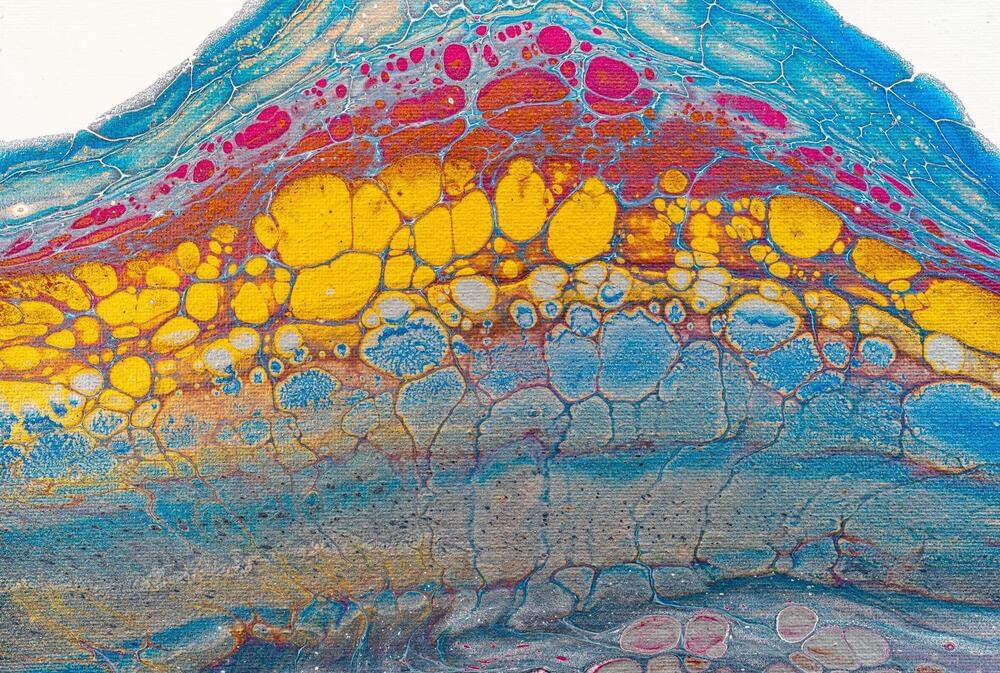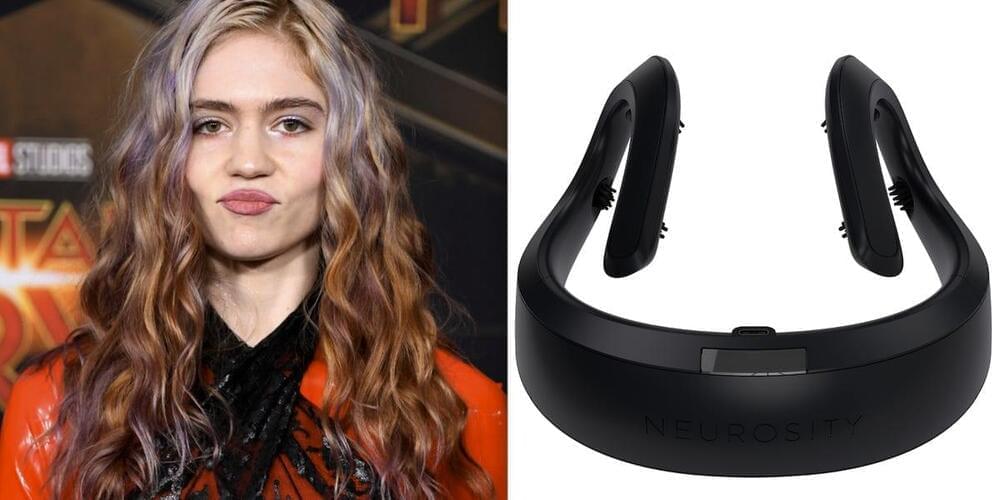By embedding commands in YouTube videos, streaming music, or even voice calls and Zoom meetings, NUIT can silently take control.



Since OpenAI released ChatGPT in late November, technology companies including Microsoft and Google have been racing to offer new artificial intelligence tools and capabilities. But where is that race leading?
Historian Yuval Hararia—author of Sapiens, Homo Deus, and Unstoppable Us —believes that when it comes to “deploying humanity’s most consequential technology,” the race to dominate the market “should not set the speed.” Instead, he argues, “We should move at whatever speed enables us to get this right.”
Hararia shared his thoughts Friday in a New York Times op-ed written with Tristan Harris and Aza Raskin, founders of the nonprofit Center for Humane Technology, which aims to align technology with humanity’s best interests. They argue that artificial intelligence threatens the “foundations of our society” if it’s unleashed in an irresponsible way.

Your circadian rhythm doesn’t just govern your sleeping schedule; it can also impact cancer development, diagnosis, and treatment. In a review paper published in the journal Trends in Cell Biology, researchers discuss the role of circadian rhythms in tumor progression and spread and describe how we could better time when patients are tested for cancer and when they receive therapies to improve diagnostic accuracy and improve treatment success.
“The circadian rhythm governs most of the cellular functions implicated in cancer progression, and therefore its exploitation opens new promising directions in the fight against metastasis,” write the authors, molecular oncologists Zoi Diamantopoulou, Ana Gvozdenovic, and Nicola Aceto from the ETH Zurich in Switzerland.
Our circadian rhythms help our bodies synchronize different tasks throughout the day, including gene expression, immune function, and cell repair. We’ve long known that chronically disrupted circadian rhythms—as a result of erratic sleep patterns, jet lag, or shift work, for example—can predispose us to a number of health issues, including cancer. More recent work has shown that circadian rhythms are not only involved in tumor onset, but also govern cancer progression and metastasis, the colonization of secondary sites within the body.
What does the ultimate civilization look like? Join us… and find out!
Subscribe for more from Unveiled ► https://wmojo.com/unveiled-subscribe.
In this video, Unveiled travels to the highest possible point on all civilization scales combined… to reach the Omega level! Featuring the Kardashev Scale, John Barrow’s Scale of Microdimensional Mastery, a revised 2020 scale focussing on how well a society can merge with the environment, and more… this is the best of the best (of the best!)
This is Unveiled, giving you incredible answers to extraordinary questions!
Find more amazing videos for your curiosity here:
What If We’re the Remnants of a Type III Civilization? — https://youtu.be/tku2lTWNMMU
Are We the Creation of a Type V Civilization? — https://youtu.be/T_u4lGDs3dM
0:00 Start.
Hinton, who works with Google and mentors AI’s rising stars, started looking at artificial intelligence over 40 years ago, when it seemed like something out of a science fiction story. Hinton moved to Toronto, Canada, where the government agreed to fund his research.
“I was kind of weird because I did this stuff everyone else thought was nonsense,” Hinton told CBS News.
Instead of programming logic and reasoning skills into computers, the way some creators tried to do, Hinton thought it was better to mimic the brain and give computers the ability to figure those skills out for themselves and allow the technology to become a virtual neural network, making the right connections to solve a task.

Neurosity’s headset uses electroencephalogram technology, or EEG, to measure brain activity by placing small metal electrodes on a person’s scalp. If the electrodes detect decreased electrical activity in the brain, the Crown plays music and sounds, or pulses vibrations, hoping those actions will help the user focus.
But some developers, it seems, have taken Neurosity’s tech a step further, turning the Crown into a more traditional brain computer interface that can allow users to control a computer using only their mind.
One owner of the gadget claimed they’ve used it to drive a Tesla, moving the electric car short distances by doing some mental math, which signals to the device that the person wearing it is exerting a lot of cognitive effort.
Grimes got a new brain gadget for her 35th birthday.
“Getting a non invasive brain computer interface for my birthday (!!!!?),” she tweeted Friday. “Yeah it’s a good time to be alive.”
Neurosity CEO AJ Keller confirmed that the singer, named Claire Boucher, had asked for one of the company’s headsets, known as the Crown, in a custom white color.
Speaker: George Tulevski, materials science engineer at IBM Research.
The exceptional electronic properties of carbon nanotubes, coupled with their small size, makes them ideal materials for future nanoelectronic devices. The integration of these materials into advanced microprocessors requires a radical shift in fabrication from conventional top-down process to bottom-up assembly where advances in sorting and directed assembly are needed. This presentation will briefly describe the challenges to future transistor scaling, highlight the advantages of employing carbon nanotubes for digital logic and describe the recent progress in this area.
In a world first, a team of University of Wisconsin-Madison materials engineers have created carbon nanotube transistors that outperform state-of-the-art silicon transistors.
A big milestone for nanotechnology, this breakthrough could enable longer battery life, faster wireless communication and faster processing speeds for devices like smartphones and laptops.
The researchers reported their advance in a paper published Sept. 2, 2016, in the journal Science Advances. Read the open access paper here: http://advances.sciencemag.org/content/2/9/e1601240
Read the full story here: http://bit.ly/2c0GBMo

